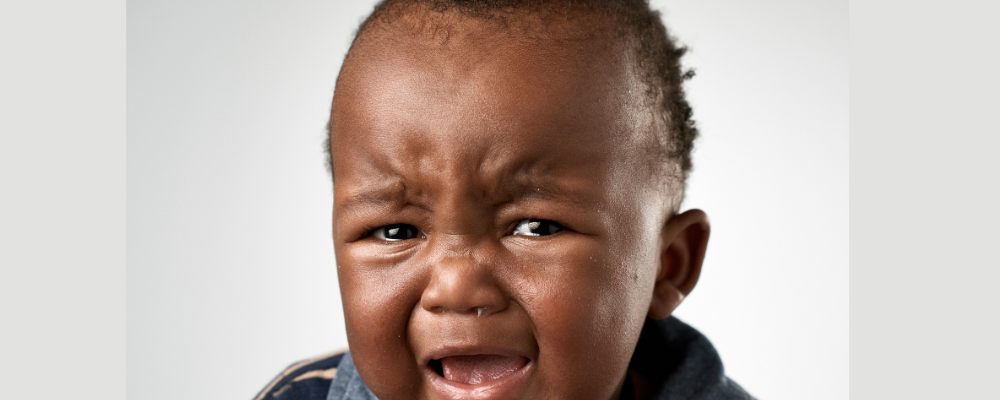
First, it’s important to note that when it comes to teething, all babies are different, but then again, most babies usually start teething between the fourth and eighth months of growth. This milestone begins with the lower front teeth and continues until 2 to 2 1/2 years of age, when the last set of molars appears. During this period, there are a set of frustrating symptoms that the caregiver will be able to notice.
Research has found that most parents confuse teething with a normal cold. This is mainly because teething happens when the child’s passed-on immunities begin to diminish (a baby receives transferred immunity from the mother during birth through the placenta). Therefore, the child’s own immune system begins to establish, and kids are mostly vulnerable to minor infections at this time, hence the misdiagnosis.
Nonetheless, there are some signs that can help you determine if your baby is teething, and these are as follows:
- Swollen and reddish gums
- Loss of appetite
- Disrupted Sleep
- Constant drooling
- Diarrhea
- Ear and gum rubbing
- Irritability and fretfulness are higher than usual.
- Rashes around the mouth
- Temperatures are generally mild, rarely exceeding 38 degrees Celsius.
What to do
Like I mentioned earlier, every baby is different, and what works for your first baby may not work for your second, so it’s good to try variety until you reach a comfort zone for your baby. Let’s dig into what may bring relief or, rather, make teething a bit friendlier for the infant.
- Get teething rings for the baby. These are the bitable rubber or plastic rings that a baby chews on to help ease their discomfort during teething.
- Depending on the baby’s age, you can also give them healthy things to chew on to help soothe the gums. things like soft fruits, raw vegetables, or bread crust. Do not leave their sight while chewing on these, lest they choke.
- Teething gels can also be used, but only under the supervision of a doctor.Teething gels contain a mild local anesthetic, which is not healthy for the baby, and aside from that, they have no proven evidence of being effective.
- Help ease the pain with sugar-free painkillers such as Paracetamol and Ibuprofen. Make sure you follow the instructions that come with the medicine.
- Comfort the baby with your presence; play with them to distract them; and not so often, gently rub the gums with a clean finger.
In a nutshell, we at Elimuzazi have this to say: diarrhea and fever may or may not be a sign of teething, but they’re obviously a sign that your child needs medical attention. Seek medical advice.
